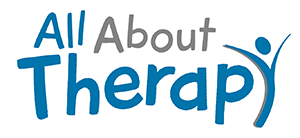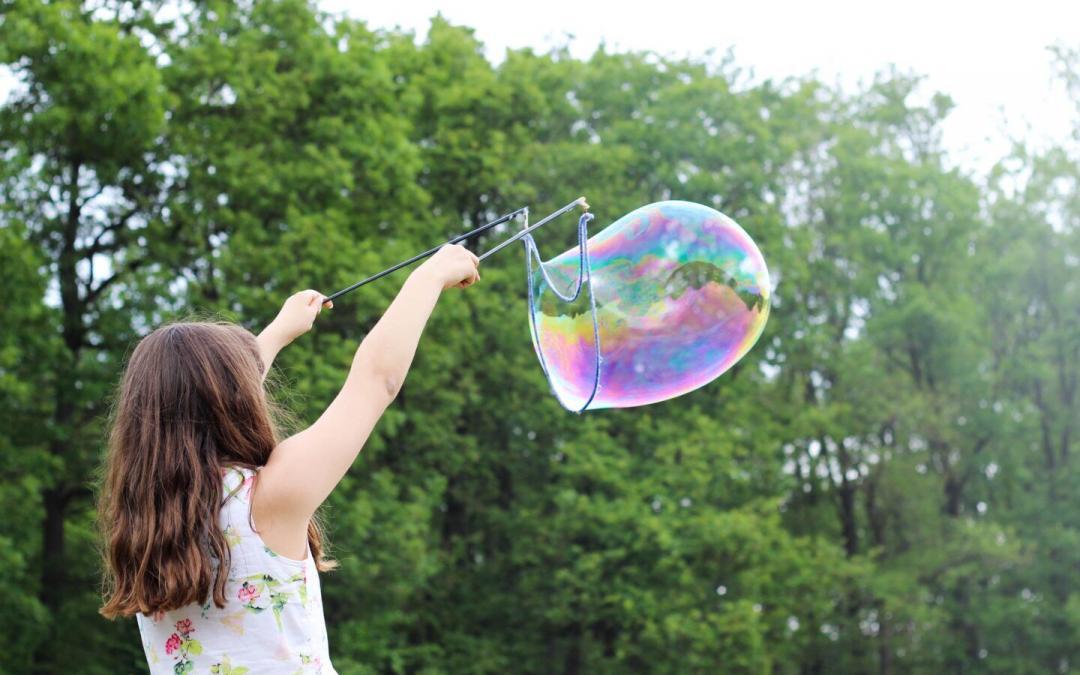As an adult, it is often hard to remember how bewildering a child’s life can be. What is happening next? Will I like what the day holds? This need for understanding is especially true for a child facing any type of challenge. It is no wonder that transitions can be unnerving for children, parents and instructors alike.
Helping a child transition means more than getting to the end of the day without a tantrum. Having strategies in place promotes self-regulation and self-control. These skills are great investments toward independence. Try these five strategies for pain-free transitions:
Enter Your Child’s World
Take a moment to consider your child’s perspective. Are there situations that could cause fear, anxiety or boredom? Will it be hard to see the fun end? Be sure that you have your child’s full attention. Consider a signal such as a song or motion that will assure focus. A united effort will go a long way toward a successful day.
Establish Winning Signals
Help your youngster know what is coming. Clearly explain the time limits until a transition will take place. Use a “first, then” framework that alternates between a preferred and non-preferred activity when possible.
Visual schedules help your child use multiple cues in preparation for a transition. Try a simple timer or countdown clock that will allow your child to see and hear signals for a transition. Allow participation in operating the device and choosing at what point a final warning will be given.
Encourage Transition Objects
Many children will benefit from tactile reinforcements or comforts. These objects may be appropriate for the situation, such as a book about animals to accompany a trip to the zoo, or a favorite toy or soother to have for all situations. The child knows that when this object appears, the activity has drawn to a close.
Enjoy Positive Movement
Children love to move and interact with their environments. Create a transition that promotes movement and fun. Bring out the bubbles to step on en route to the next activity. Act like a favorite animal or tiptoe like a detective looking for clues. Order and joy can go hand-in-hand.
Enable Increasing Ownership
Periodically, talk together about your routines. Is there anything that can be improved? Does something cause frustration that can be altered? Remember that teamwork will promote enjoyment instead of dread. You may be surprised that the best transition tools of all come from your child’s imagination.
Could transition strategies for children help you to avoid meltdowns and increase cooperation with your child? Click here for 5 Transition Strategies to Help Avoid Meltdowns and Increase Cooperation.
Get more tips, interact with our OT’s and connect with other parents by joining our Facebook Group Here.

